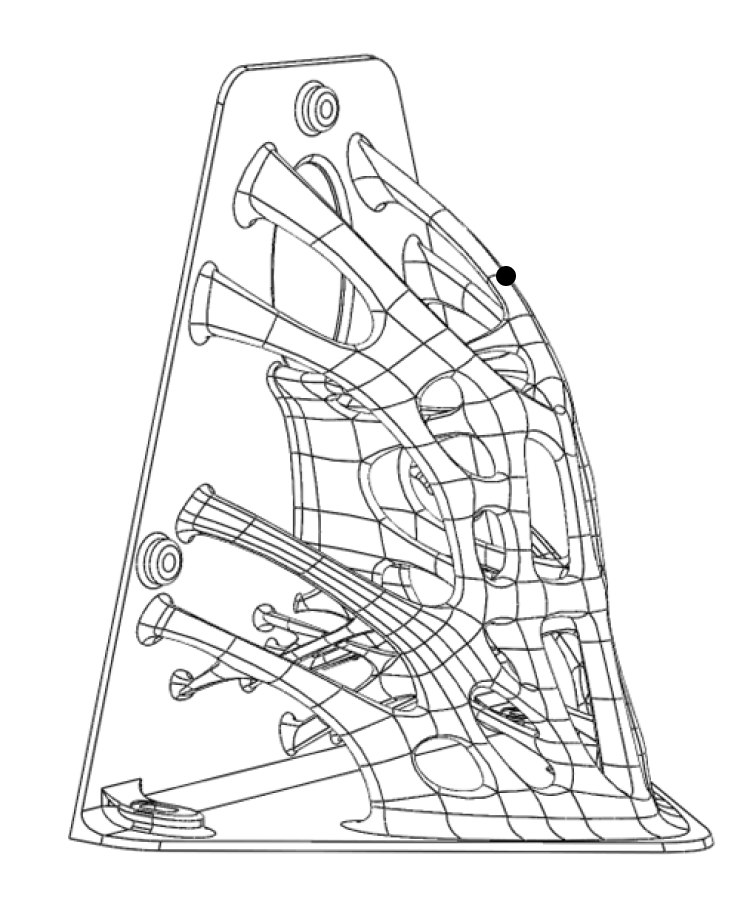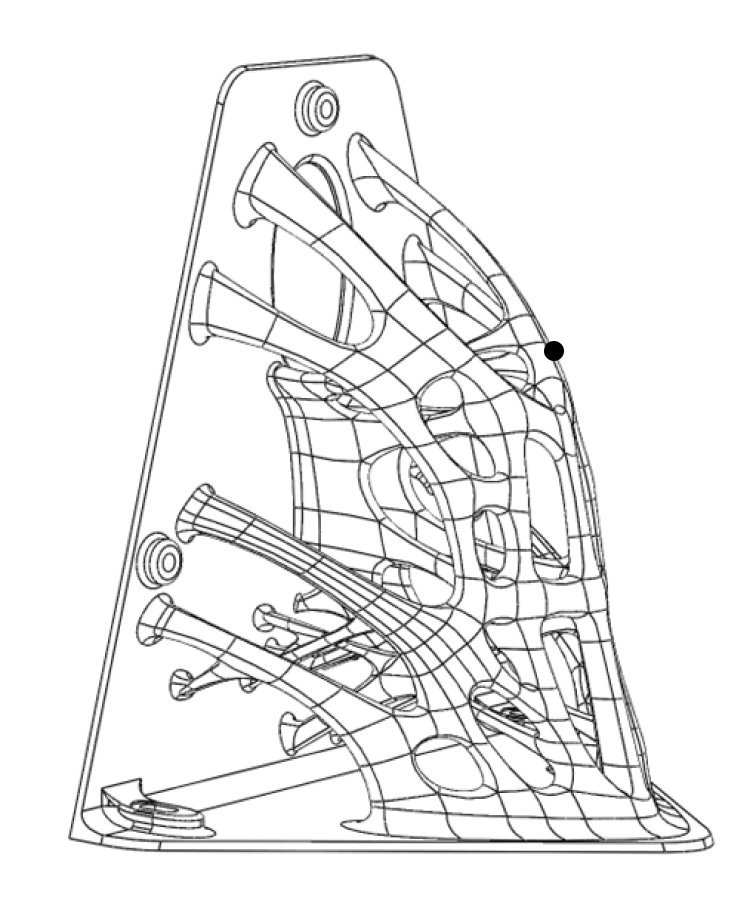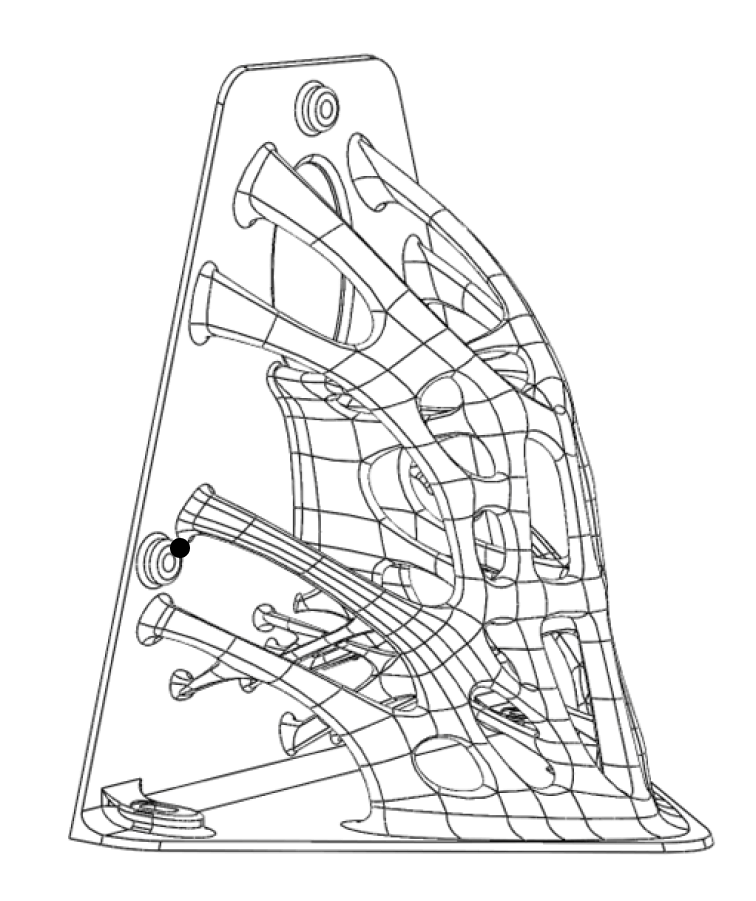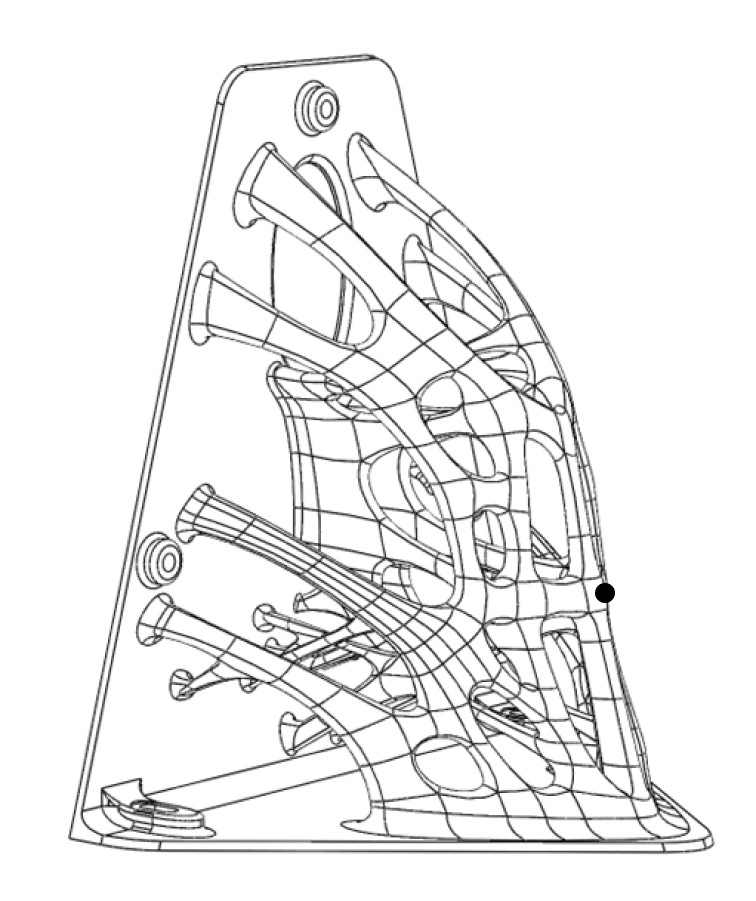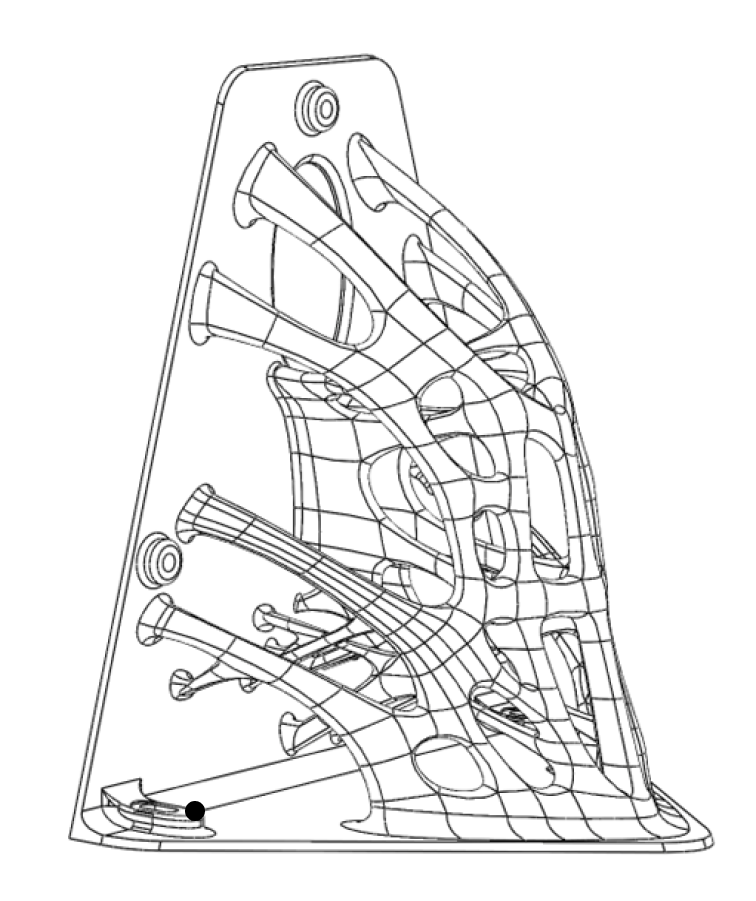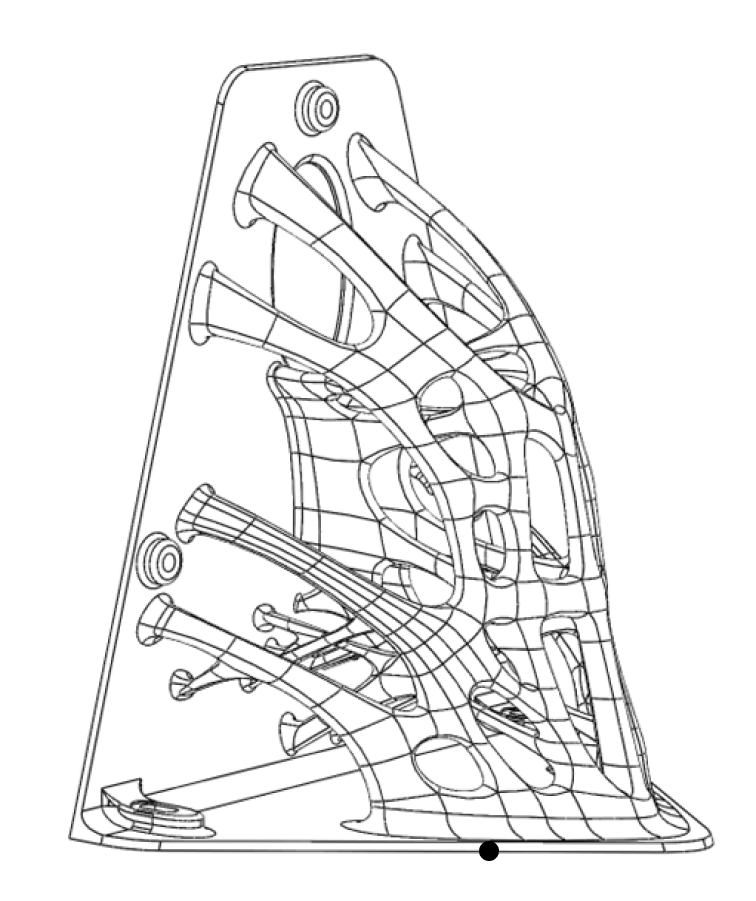Oyster Reef Restoration
Global oyster reef habitats have depleted by 85%, restoring oyster reefs is vital for preserving marine biodiversity and aligns with UN Sustainable Development Goals to protect oceans and marine life.
Some of the major threats facing oyster reefs:
Climate change can lead to oyster bleaching and compromise the structural stability of oyster reefs, attributed to increasing sea temperatures and ocean acidification.
Coastal development, including land reclamation, can disrupt water quality and escalate sedimentation, posing threats to oyster reefs.
Urban and agricultural runoff pollution introduces fertilizers and chemicals into the marine environment, posing a threat to oyster reefs. This pollution can have detrimental effects on oyster reef ecosystems, compromising their health and resilience.
Excessive fishing of herbivorous fish can contribute to an algae overgrowth, which poses a threat to oyster reefs. These fish play a vital role in oyster reef ecosystems by controlling algae growth through grazing, and their depletion can disrupt this delicate balance.
The World’s First 3D-Printed Artificial Reef Made from oyster shell
Presenting a novel method for restoring degraded oyster reefs: Our artificial reefs offer a cost-effective and efficient solution, fully adaptable to different environments, eco-friendly, and simple to deploy. With a remarkable survival rate, they outperform traditional methods, ensuring successful oyster reef restoration.
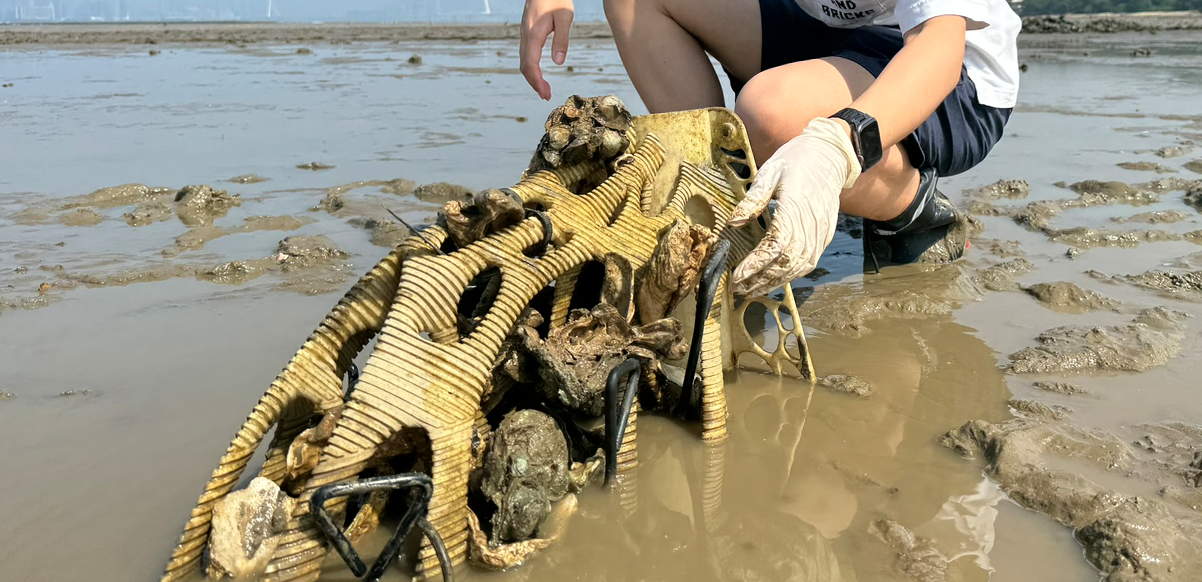
Innovation - material
Every one of our patented Artificial Reef is crafted using 3D printing technology with upcycled oyster shell, a material that is non-toxic and environmentally friendly. Its production has no adverse effects on oyster reefs or marine ecosystems, ensuring a sustainable approach to oyster reef restoration.
Innovation - topological approach on structure
Mounting feature
Upcycled material
Custom features for IoT
monitoring
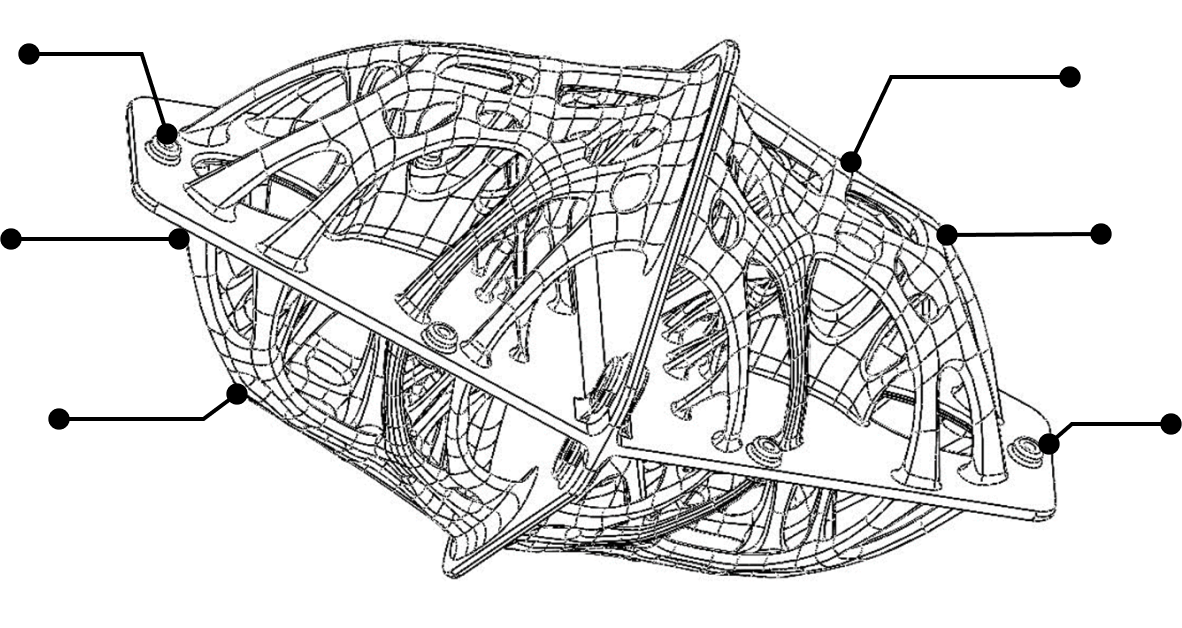
Features for decreasing speed of
water flow
Topological structure design
Modular design
Innovation - topological approach on structure
Our Partners





